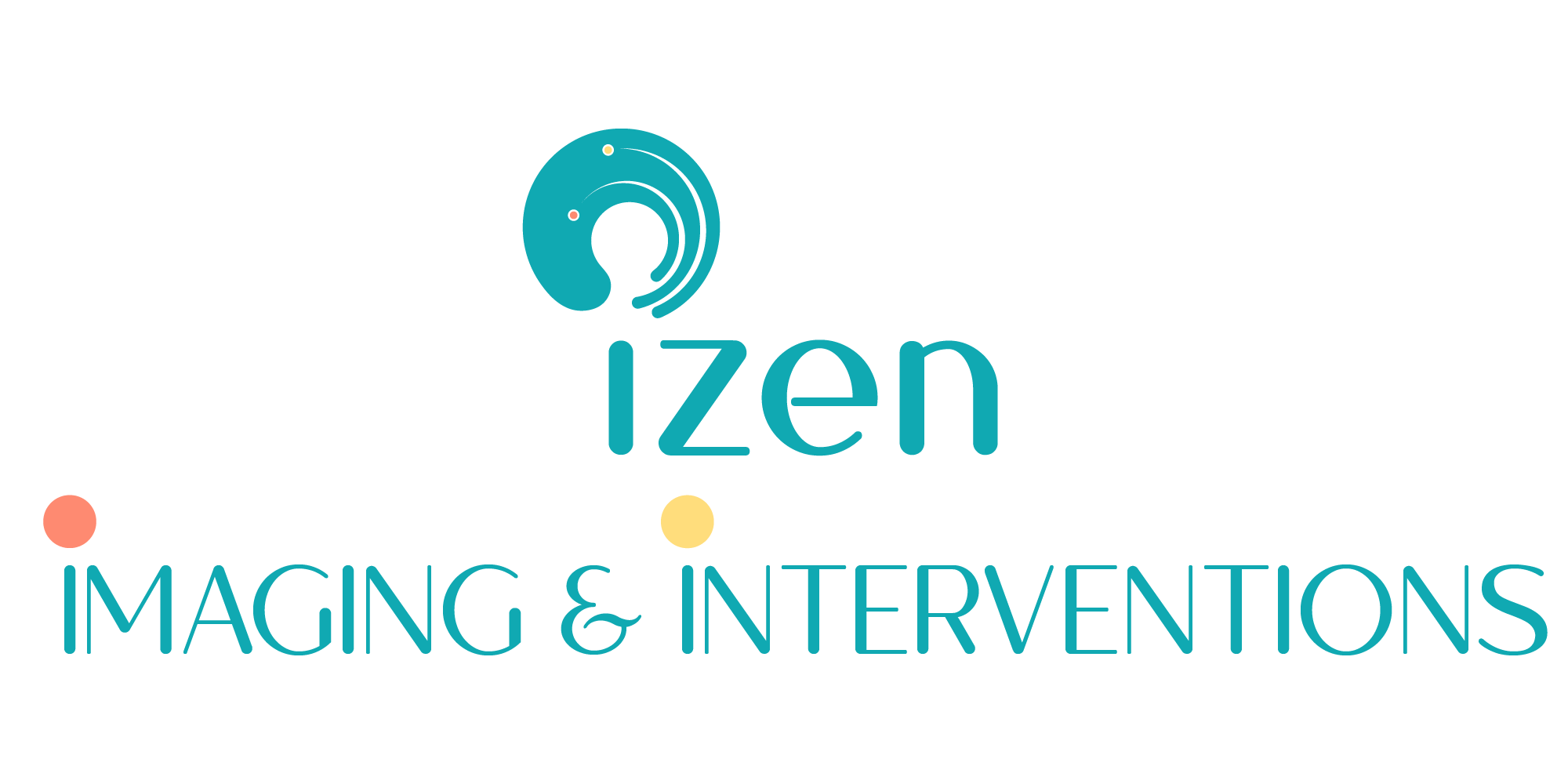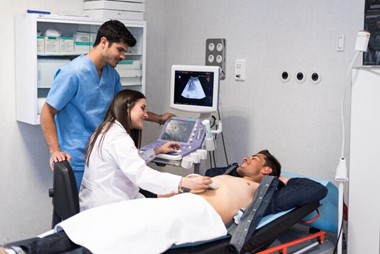A non-invasive imaging technique used to assess liver stiffness, a measure of liver fibrosis or scarring. It proves invaluable in diagnosing and monitoring a spectrum of liver diseases, including hepatitis, cirrhosis, and fatty liver disease.
Types of Liver Elastography
- Transient Elastography (TE)
It is also known as FibroScan, TE uses ultrasound technology to measure liver stiffness.
It provides a rapid assessment of liver fibrosis and is commonly used in clinical practice.
- Shear Wave Elastography (SWE)
SWE measures liver stiffness using ultrasound shear waves generated by acoustic radiation force. It offers improved accuracy and reproducibility compared to TE and is gaining popularity in clinical settings.
Indications for Liver Elastography
Liver elastography is indicated in various liver conditions, including:
- Chronic hepatitis B and C
- Alcoholic liver disease
- Non-alcoholic fatty liver disease (NAFLD)
- Liver fibrosis and cirrhosis
- Liver transplant assessment
Diagnostic Evaluation
- Liver stiffness measurement: Elastography provides quantitative data on liver stiffness, indicating the degree of fibrosis or scarring.
- Assessment of liver fat: Some elastography techniques can also assess liver fat content, aiding in the diagnosis of fatty liver disease.
- Monitoring disease progression: Serial elastography measurements track changes in liver stiffness over time, reflecting disease progression or response to treatment.
Advantages of Liver Elastography
- Non-invasive and cost effective
- Liver stiffness measurements can be obtained quickly
- Elastography is easily repeatable, facilitating longitudinal assessment of liver disease progression or response to therapy
Limitations and Considerations
Liver elastography has considerations including operator dependence, potential accuracy issues with obesity, and technical challenges in certain patients. Results should be interpreted alongside clinical and lab data. Despite limitations, it is crucial for guiding liver disease management and treatment decisions, with ongoing research shaping its future use.
Liver elastography is a valuable non-invasive imaging modality for assessing liver stiffness and diagnosing liver diseases. Its widespread adoption has revolutionized the evaluation and management of liver conditions, offering clinicians a safe, efficient, and reliable tool for patient care.




